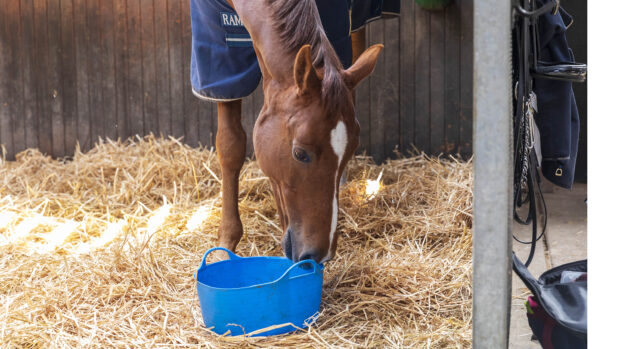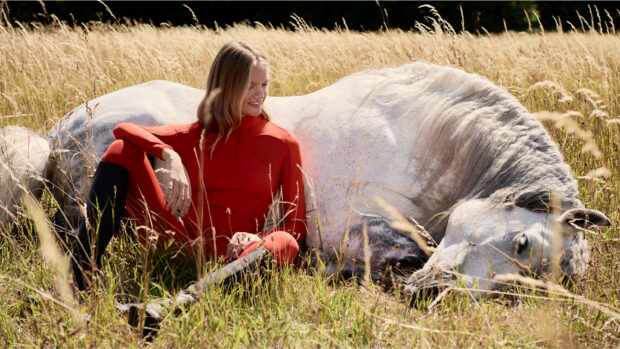Before the advent of guns, setters were highly prized in the hunting field for their ability to locate game. They would then set – crouch low and freeze – to indicate the location of the game, so that the hunters, armed with a net, could creep up and catch their dinner. There are several different types of setter, developed to work on the different terrains of England, Scotland and Ireland. The English Setter is attributed to Edward Laverack in the 19th century. Starting with two blue “belton” (speckled) setters, by the names of Ponto and Old Moll, Laverack devoted half a century to breeding a line of setters which became highly valued for both their beauty and hunting qualities. Laverack’s pair are considered the foundation stock of the breed.
While the Irish Setter is always red, and the Irish Red and White coloured as its name suggests, the English Setter has wide colour variations, from white to tri-coloured with the unique “belton” flecking.
The English Setter is elegant and lithe, giving the impression of strength, stamina and grace. In common with other setter breeds, the English is affectionate and friendly, and makes a wonderful family dog as well as an enthusiastic and able worker in the field.

English Setter breed: factfile
Kennel Club breed group: gundog
Size: large
Daily exercise: more than two hours a day.
Coat: medium, shedding
Colours: black and white (blue belton), orange and white (orange belton), lemon and white (lemon belton), liver and white (liver belton), tricolour (blue belton and tan or liver belton and tan). Flecked (belton) rather than heavy patches are preferred. Eyes are hazel to dark brown, darker preferred.
Lifespan: more than 10 years.
Bark: not excessive, but loud when they do!
History: developed from the general family of setters, which were used to locate game on the hunting field thanks to their ability to crouch low and freeze like a statue to indicate where the game was hiding. The English Setter is descended from two blue belton setters belonging to Edward Laverack in the 1800s, who is credited with establishing the breeding lines. They currently feature on the Kennel Club’s list of vulnerable/endangered dog breeds.
Distinctive features: the appealing flecked coat. Their physique is elegant and muscular, giving the impression of speed and endurance.
Temperament: extremely friendly and affectionate.
Things to consider: an energetic dog that requires plenty of exercise. Puzzle toys may provide a mental challenge, while games such as automatic ball launchers will satisfy his desire to run around and work.
If given insufficient exercise, they can develop destructive tendencies such as chewing or digging, so chew toys are a great idea to divert their attention.
Training: bred to hunt, they have a keen prey drive and strong hunting instincts, so consistent and firm training is essential. However, they love to work and are eager to please, so if given the required attention, training and exercise, they are a wonderfully manageable and athletic companion.
They have abundant stamina, so make sure they get adequate time outside – running, biking alongside will help to keep him on task and making the most of his impressive energy levels.

Complete Guide To The English Setter
Using interviews with 28 top English Setter breeders, author Candace Darnforth has created an in-depth look at what it takes to successfully live with, raise, and train an English Setter.

All about the Irish Setter

All about Australian Shepherds

Did you know: a hound is a dog, but not all dogs are hounds

Who’s a clever dog? The 7 smartest dog breeds in the world

Hounds come in all shapes and sizes (just don’t call them dogs…)

Subscribe to Horse & Hound magazine today – and enjoy unlimited website access all year round
Horse & Hound magazine, out every Thursday, is packed with all the latest news and reports, as well as interviews, specials, nostalgia, vet and training advice. Find how you can enjoy the magazine delivered to your door every week, plus options to upgrade your subscription to access our online service that brings you breaking news and reports as well as other benefits.




